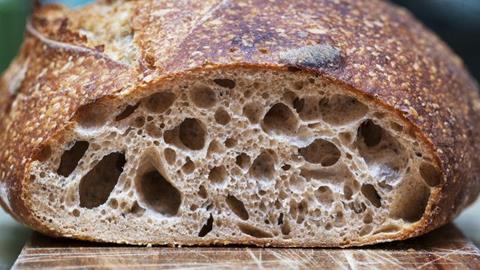
Proposals designed to define labelling and marketing terms for sourdough have been presented for discussion with the Department for Environment, Food & Rural Affairs (Defra).
The UK Baking Industry Code of Practice for the Labelling of Sourdough Bread & Rolls has been drawn up by the Association of Bakery Ingredient Manufacturers (ABIM), The British Sandwich and Food To Go Association, Craft Bakers’ Association, the Federation of Bakers, and PAPA (Pizza, Pasta and Italian Food Association).
The proposal described the main raw materials for producing a sourdough as “flour and water, with the optional addition of a culture: the further key element is time”.
It also stated that: “Where space and skills are lacking, bakers have recourse to an increasing number of ingredients and raw materials that help to simplify the process; allowing them to offer bread products that include an element of sourdough to their customers.”
The code added it was important differentiation was made between methods of production so “due recognition may be given to the skilled craftsman, and that the integrity of the term ‘sourdough’ may be maintained as a product descriptor”.
“There are, as yet, no regulations or codes of practice in the UK that govern the nature, production and labelling of sourdough products in the UK market,” stated the proposal.
“A unique opportunity exists for the industry itself to agree on terms and definitions that are mutually beneficial to producers and consumers alike, thus militating against potentially misleading labelling information whilst preserving the integrity of the definition of ‘sourdough’ and ‘Sourdough bread’ and the methods by which they are produced.”
Three definitions have been suggested for labelling and marketing purposes:
- Sourdough (product name): a product in which live/active sourdough is used as the principle leavening agent; which may be made with the addition of a maximum of 0.2% compressed bakers’ yeast, or the equivalent level of cream or dried yeast, as calculated on the total flour weight of the final dough. Additives or flavourings in the final dough must not be used, with the exception of the mandatory flour additives required by, and/or the flour treatment agents permitted by, the UK Bread and Flour Regulations 1998.
Marketing terms may describe both the process and the typical sensory characteristics achieved, such as crumb structure and flavour.
- (Product name) with sourdough: a product made with live/active sourdough, and/or inactive/deactivated/devitalised sourdough, where commercial baker’s yeast has been used as the principal leavening agent in the final dough and which may also contain permitted additives. The product may NOT contain additives which are added specifically to impart a sourdough type acidity, flavour or aroma to the finished product (e.g. acids or their salts).
Marketing terms may only describe the flavour characteristics imparted by the sourdough and should not imply that the product has been made using a traditional sourdough process.
- Sourdough flavoured (product name): a product made with live and/or inactive sourdough, in which additives or flavourings that impart sourdough-type acidity, flavour or aroma to the finished product have also been used (e.g. acids or their salts); and which contains baker’s yeast and other permitted additives. Marketing terms should not imply that the bread characteristics have been achieved without the use of additives.
The proposal has come under fire from The Real Bread Campaign, which claimed that, in its current form, it would allow producers to ‘hijack’ the word sourdough. The campaign also said it had been drawn up without consulting “the majority of Britain’s genuinesourdough bakers, shoppers or consumer organisations”.
“The proposed code of practice includes three different uses of the word sourdough, and ‘where space and skills are lacking’ would permit the use of so-called processing aids (which would not appear in ingredient lists), other additives, baker’s yeast and other leavening agents ‘that help to simplify the process.’ None of these is used in making genuine sourdough bread,” stated the Real Bread Campaign. “We believe that the proposed code undermines the integrity of the word sourdough, with muddled meanings that would make things more, not less, confusing for shoppers.”
ABIM responded that it and the Real Bread Campaign have the best interests of consumers at heart and that both groups are working to provide the correct information to help consumers make informed choices and to produce the best possible bread for all.
"The production of sourdough and bread involves both tradition and science; and to describe it objectively, accurately and clearly requires language understood by both disciplines, which makes this a challenging task," stated ABIM.
"The current version of the proposed code of practice represents the best expression of that balance that we’ve been able to find today. We welcome the possibility to further refine this document through discussion with other interested parties including, but not exclusively, Defra.”
The Federation of Bakers confirmed the draft code of practice had been presented to Defra.
“We look forward to discussing it with Defra as an important step in helping with labelling sourdough, following guidelines which have been established in other EU countries,” said Federation of Bakers chief executive Gordon Polson.




















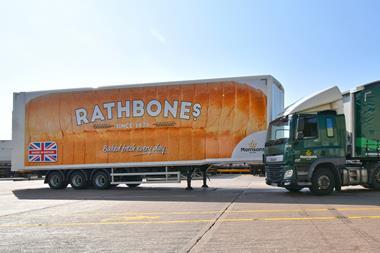
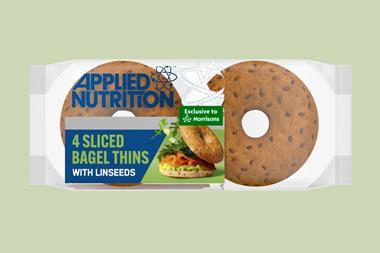



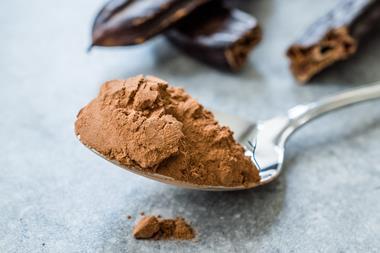
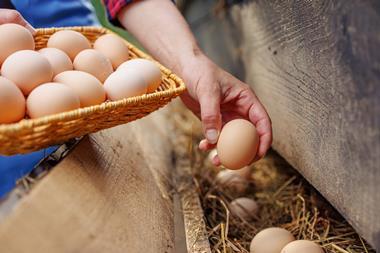


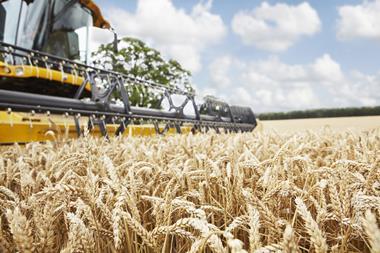
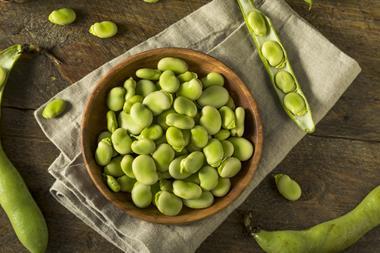

No comments yet